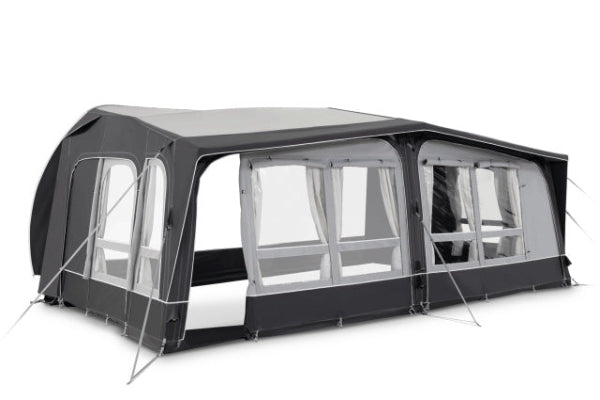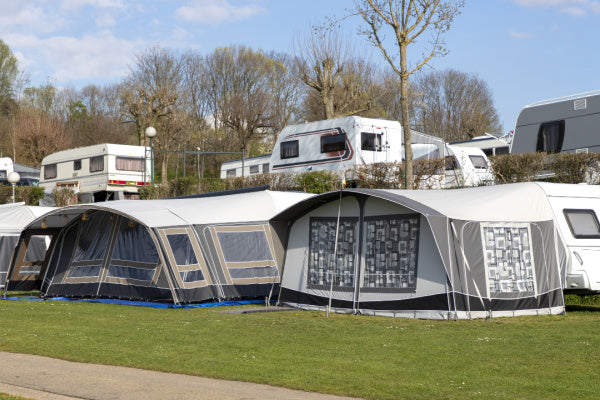Are Shepherds Huts Warm in the UK?
Worried a Shepherd's Hut might leave you shivering like a sheep in winter? Don’t fret — yes, they are warm, thanks to modern insulation, heating, and clever design. But not all huts are built equal. Read on to discover what makes one toasty—and what might leave you reaching for extra socks.
The Science of a Warm Hut: It's All About Insulation
Why High-Quality Insulation is Non-Negotiable
Insulation is essential for transforming a shepherd’s hut into a space you can use all year. It traps warmth inside during colder months and helps maintain a steady indoor temperature.
Without proper insulation, heat escapes quickly, making it much harder—and more expensive—to stay warm. Even the best heater can struggle in a poorly insulated hut.
That’s why insulation should never be an afterthought.

Common Insulation Materials: Sheep's Wool vs. Rigid Foam
There are several options for insulating shepherd’s huts, each with its own benefits.
Sheep’s wool is breathable, eco-friendly, and effective at regulating moisture. It’s ideal for those looking for natural materials.
Fibreglass is widely used, affordable, and easy to install. It provides decent insulation on a budget.
Rigid foam boards offer high thermal resistance. They’re compact but powerful and great for retaining warmth.
Your choice will often depend on whether you prioritise eco-credentials, cost, or thermal performance.
Insulating the Floor, Walls, and Curved Roof
Insulating the walls is just one part of the job.
The floor and roof are just as important. A cold floor can leak heat, so underfloor insulation or insulated mats help keep things warm from the ground up.
Meanwhile, the curved roof—a hallmark of shepherd’s huts—should be well insulated to prevent heat from escaping. Modern builds often feature multi-layer insulation systems to boost efficiency.

Heating Your Shepherd's Hut: From Log Burners to Underfloor Heating
The Appeal and Practicality of a Wood-Burning Stove
Wood-burning stoves are a favourite for many shepherd’s hut owners. They’re efficient, reliable, and create a charming, cosy atmosphere.
Multi-fuel stoves are also popular. These allow you to burn a range of fuels, which can help with running costs.
That said, stoves must be properly installed and well-maintained to operate safely.
Modern Electric Heating Solutions
For huts with a power supply, electric heating is a clean and easy option. Underfloor systems provide even warmth and are hidden from sight.
Wall-mounted electric heaters are also common. They’re straightforward to install and ideal for occasional use.
Just be aware—running costs can vary, depending on electricity prices in your area.
Which Heating Option is Most Cost-Effective?
Wood stoves are often more economical long-term, especially in rural areas where fuel is easy to source.
Electric heating offers convenience, but costs can add up quickly if the hut is used frequently.
The most cost-effective choice depends on how often the hut is occupied, and whether it’s connected to the grid.
Keeping the Heat In: Windows, Doors, and Draught-Proofing
The Importance of Double-Glazed Windows and Doors
Heat retention doesn’t stop at insulation. Double-glazed windows and insulated doors are a must for reducing heat loss.
Larger panes let in more natural light without creating cold spots. In contrast, older huts with single glazing often feel draughty and are harder to heat.
Upgrading these elements makes a big difference in comfort.
Using Breathable Membranes to Stay Warm and Dry
To stay warm, you also need to stay dry. That’s where breathable membranes come in.
These are fitted under cladding or roofing to allow moisture to escape while keeping wind and rain out. They help prevent dampness and improve thermal performance.
This simple layer plays a major role in keeping the hut snug throughout the year.
A Four-Season Retreat: Staying Warm in Winter and Cool in Summer
How Insulation Also Helps in Hot Weather
Insulation isn’t just useful in winter—it works in summer too.
It keeps the heat outside during hotter days, helping maintain a cooler interior. Paired with proper ventilation, it prevents shepherd's huts from turning into greenhouses.
Good insulation supports comfort in every season.

Tips for Maintaining a Comfortable Temperature Year-Round
Want your hut to feel just right, whatever the weather?
Here are a few tips:
-
Position your hut away from strong winds or full-day sun
-
Use thermal curtains or shutters to manage heat
-
Add ventilation to boost airflow in summer
-
Incorporate thermal mass (like stone features or heavy rugs) to help regulate indoor temperature
With thoughtful planning and the right upgrades, your shepherd’s hut can offer comfort and charm all year round.
Other content you might like:
- What Is A Shepherds Hut
- Where To Buy A Shepherds Hut
- Do You Pay Council Tax On A Shepherds Hut
- Is A Shepherds Hut A Good Investment
- How To Sell A Shepherds Hut
- Are Shepherds Huts Mobile
- How Long Do Shepherds Huts Last
- How To Roof Shepherds Hut
- How To Transport A Shepherds Hut
- How Much To Rent A Shepherds Hut





Leave a comment